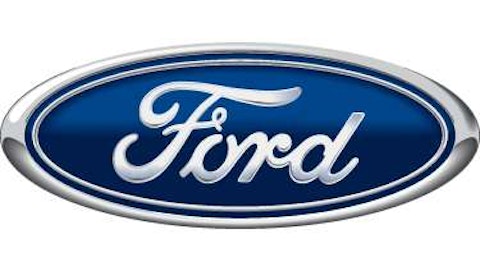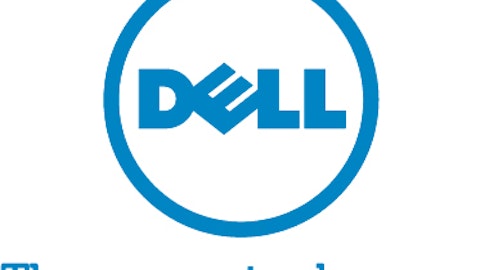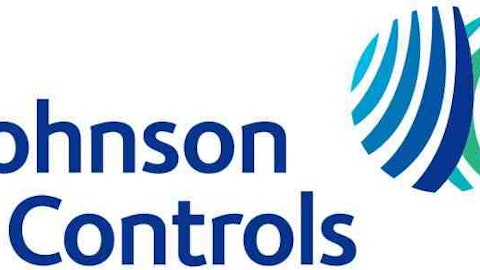Federal Reserve Bank Chair Ben Bernanke has recently been giving comments that suggest that the economy might soon be witnessing a tightened monetary policy. And it has been a common saying, that given that the weight of the economic world is on his shoulders, when Ben Bernanke hiccups, the stock market hiccups with him.

Meanwhile, the U.S. auto industry has lately been flying. After some lower-than-anticipated sales figures for the month of March and April, the industry displayed a solid rebound in May, which suggests that the industry is set to show some record high number in 2013.
One of the reasons of rising auto sales has been availability of cheap credit. This may not remain the same in case of rising interest rates. The question to be asked is: What will be the impact of a tightened monetary policy on auto sales and hence on the performance of auto companies?
Is Fed tightening really a headwind for Auto companies?
Fed tightening may have no near-term impact on US auto sales but could be a headwind to the auto stocks.
With the prospect of Fed tightening via tapering looming at some point in the future, investors have been wary of the future of auto companies. To examine the impact, the historic relation between the fed funds rate (in the past the mechanism for Fed tightening), U.S. light vehicle sales figures and the relative performance of auto stocks were analyzed. It was found out that the rising interest rates have only a modest impact on the overall auto sales.
However, headwinds do arise for automotive companies in a rising interest rate environment, especially for the Original Equipment Manufacturers (OEMs), the companies which make car parts.
Rising interest rates on monthly auto loan payments is de minimis.
It is interesting to note that rising interest rates are expected to have no to minimal impact on monthly loan payments. Using a $25,000 illustrative car as an example, for every 100 basis point (1%) increase in the interest rate the monthly payment (currently $548 on a 2.5%, 48 month loan) would increase by about $11 – not overwhelming by any means.
Is there any correlation between interest rates and auto sales?
The Seasonally Adjusted Annual Rate (SAAR) figure can increase in the initial year of tightening, even though there is only modest correlation between rising interest rates and overall auto sales.
Many readers get confused between the actual sales and the SAAR figure. While the actual sales figure shows us the actual amount of vehicles (in units) that have been sold in a particular month, the SAAR figure depicts the selling rate of vehicles for a particular month. By this I mean that a SAAR rate of 15 million for a particular month indicates that the auto industry is on pace to sell 15 million vehicles on an annual basis, or 1.25 million per month.
Looking at key tightening cycles, U.S. SAAR generally improves over the first year after the initial tightening. In 5 of the last 6 tightening cycles, SAAR increased over the initial year, with the exception of 1986-1989. In about half the cycles, SAAR fell by the end of the tightening cycle (perhaps as the Fed eases after seeing economic conditions weaken), but in three other cycles SAAR finished higher at the end of tightening.
What about auto stocks?
Auto stocks tend to under-perform in periods of rising interest rates as investors resort to the “old playbook” of rotating out of interest-rate sensitive sectors.
In determining the impact on auto stocks, Ford Motor Company (NYSE:F) and General Motors Company (NYSE:GM) provided the largest data-set with which to work. The result was compelling – during the six previous periods of sustained monetary policy tightening, Ford Motor Company (NYSE:F) significantly under-performed the S&P each period while General Motors Company (NYSE:GM) under-performed the S&P in five of the six periods.
What about pension liabilities?
Rising rates will reduce pension liabilities but may not narrow underfundings. Both Ford Motor Company (NYSE:F) and General Motors Company (NYSE:GM) are employing asset-liability matching portfolio strategies in an attempt to address interest rate risk. Unless pension managers perfectly trim duration before interest rates rise, declining asset values would offset liability reductions.
Some words on the companies mentioned
General Motors Company (NYSE:GM) has been undergoing a solid change under the supervision of the determined CEO, Dan Akerson. Also the company is undergoing the largest product portfolio turnaround since its inception. This, along with the fact that the stock is trading at a cheap forward multiple of 7 times earnings compels me to give a buy rating on the stock. However, as history suggests, a rising interest rate environment may steal away the attraction of the auto companies in investor circles.
Ford Motor Company (NYSE:F) has also been an attractive company to invest in. The company has for long been on Goldman’s Must Buy list. Ford’s small car sales have been the bright spot for the company. Also, the F-series trucks have been the most sold truck brand in the US. A strong product portfolio along with the fact that the stock is trading at a cheap forward multiple of 8 makes the stock a buy. Its One Ford Motor Company (NYSE:F) strategy is expected to bring exceptional bottom-line improvement.
Have there been any exceptions?
In the 2004-2006 period of monetary policy contraction, Johnson Controls and BorgWarner Inc. (NYSE:BWA) were the only two auto stocks that performed better than the rest of the industry. As you will see in the graph, how both Ford Motor Company (NYSE:F) and General Motors Company (NYSE:GM) fell by more 50% in that era but BorgWarner Inc. (NYSE:BWA) saw its stock climb by 40%.
BorgWarner Inc. (NYSE:BWA) manufactures a variety of engine and drivetrain components that increase fuel efficiency and reduce emissions, such as turbochargers and automatic-transmission components. Demand for BorgWarner Inc. (NYSE:BWA)’s products is strong, driven by both consumer “pull” and government “push” elements, and will only increase over time as the rising amount of vehicles in emerging markets upwardly pressures fuel prices.
BorgWarner Inc. (NYSE:BWA) already enjoys the second-highest margins in the sector, in part driven by the fact that many of the products it manufactures are of a highly engineered nature, leading to high technical barriers to entry and market concentration. Still, the combination of rapid top-line growth and financial discipline is expected to allow for top-tier operating-margin expansion. High European exposure is concerning in a downside scenario, but is offset in part by an ideal customer mix within Europe and diversification into higher-growth Asian markets.
Final word
Though the rising interest rate might have a small impact on monthly auto loan payments, it has definitely pissed off investors in auto industry in the past. Therefore, a warning on tightening monetary policy looms as a threat for the auto industry.
However, there are companies like BorgWarner Inc. (NYSE:BWA) that can serve as an example of exceptions in case of rising interest rates be a source of hope for investors in the auto industry.
Zain Abbas has no position in any stocks mentioned. The Motley Fool recommends BorgWarner, Ford, and General Motors. The Motley Fool owns shares of Ford. Zain is a member of The Motley Fool Blog Network — entries represent the personal opinion of the blogger and are not formally edited.
The article How Will a Tightened Monetary Policy Impact the Performance of Auto Companies? originally appeared on Fool.com is written by Zain Abbas.
Copyright © 1995 – 2013 The Motley Fool, LLC. All rights reserved. The Motley Fool has a disclosure policy.




